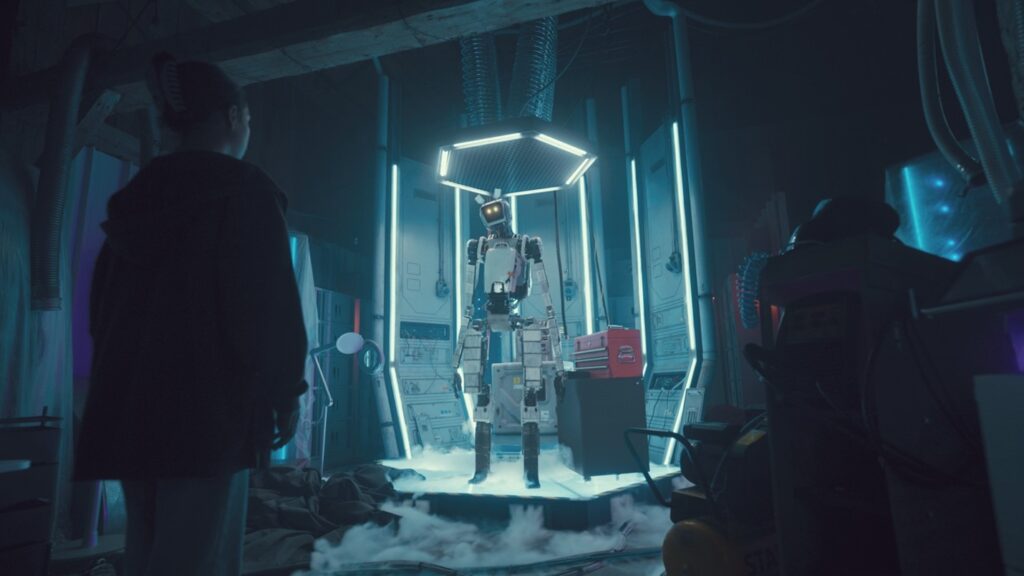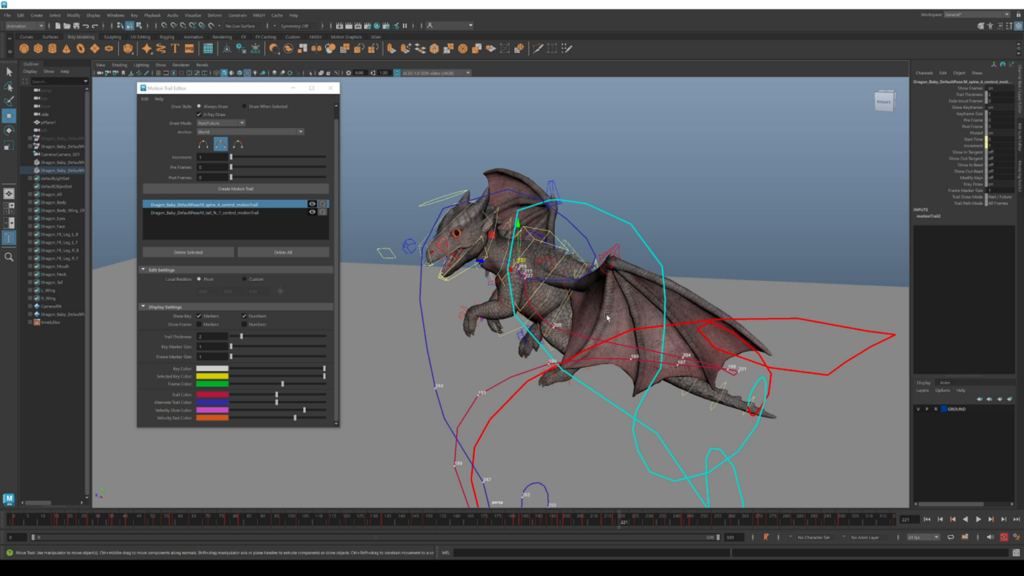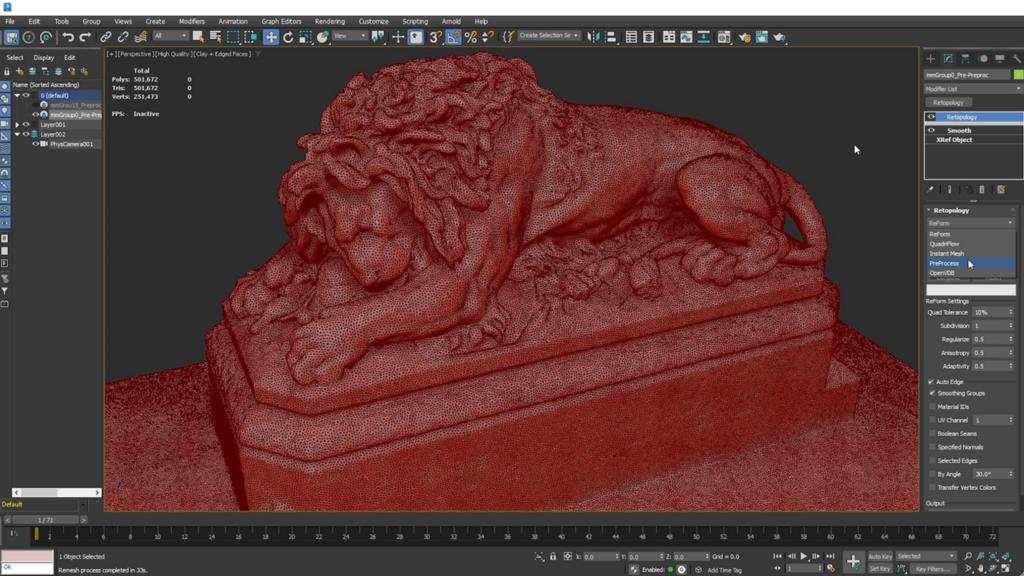Autodesk has rolled out new versions of its two popular Design & Make software for the media and entertainment industry—Maya and 3ds Max—both updated to 2025. Each contains new and revised tools with features that can save users time, connect workflows, and increase collaboration among those in the pipeline, from on set to post, with increased support for USD. Autodesk also renamed ShotGrid and Moxion to reflect their positioning within the growing Flow M&E industry cloud.

Spring has sprung, and so have the 2025 versions of Autodesk Maya and 3ds Max. The DCC software, which Autodesk has branded as Design & Make software, boasts new tools to improve collaboration and to automate mundane tasks and save artists time. Both software applications also contain more robust OpenUSD integration for improved collaboration. Additionally, Autodesk has officially renamed two of its products—the former ShotGrid and Moxion—to reflect their roles under its expanding Flow M&E industry cloud.
Autodesk has prioritized the unification of workflows and data in its offerings, as evidenced from its recent acquisition of X2X’s Pix production management tool, the 2022 acquisition of Moxion, and the rollout and expansion of Flow. The goal of Flow, Autodesk has stated, is to facilitate collaboration among users across all the various stages in the M&E production pipeline. Built using APIs, Flow connects the entire production pipeline, as well as the users and their data, on a single platform.
Autodesk is using this strategy in its other two currently formed industry clouds: Fusion for D&M and Forma for AEC.
Maya
With the 2025 version of Maya comes new and updated modeling, animation, and simulation aimed at providing better efficiency, including improvements to the rigging and animation tools, along with revisions to the Motion Trail system that include new and faster tools, a redesigned dope sheet to manage large-scale animation changes more effectively, and a smart extrude tool, which has been available in 3ds Max since version 2021, for extruding faces on a mesh in a flexible and predictable way, thereby minimizing manual cleanup of resulting geometry.

Furthering Autodesk’s commitment to open source, there is stronger integration for open-source technologies such as LookdevX and MayaUSD in Maya 2025. LookdevX is Autodesk’s material authoring plug-in supporting OpenUSD. Users can now work within an active Maya session using native USD or MaterialX shading graphs, or both, in addition to new data structures, and assign MaterialX materials directly to Maya geometry. And with the updated USD plug-in, users can bulk load and unload multiple prims simultaneously.
Maya 2025 further includes Hydra enhancements and an updated version of Substance and Bifrost, with new procedural tools for automating mundane tasks. The Bifrost Ocean Simulation System (BOSS) is integrated into the Bifrost graph as an updated modular design, supporting 2D foam simulations and geometry displacement for waves.
When it comes to rendering, Maya 2025 ships with Arnold for Maya 5.4.0, which includes an overhauled GPU renderer using Nvidia OptiX 8, resulting in faster start-up times and rendering speed, as well as better scaling on multiple GPUs.
3ds Max
3ds Max was also updated with enhanced modeling and rendering tools and more open-source technologies such as OpenColorIO and 3dsMaxUSD. OpenColorIO is now the default mode for color management in new scenes, providing a standardized framework for color management and making it easier for users to implement a modern color pipeline. The global search feature has been expanded, and the retopology tools have been updated with preprocessing. OpenVDB remeshing and preprocessing are also available as stand-alone processes for faster, smoother modeling.
There are OpenUSD improvements as well, including an updated USD plug-in that lets artists import animations including camera and light attributes, USD blendshapes as morphers, and more.
An overhauled GPU render in Arnold (also rewritten in OptiX 8, as it is in Maya 2025), brings improvements in start-up time rendering time and lower GPU memory usage. Global light sampling is now supported in volumes, so even scenes with just a few lights are faster to render, according to Autodesk.

Go with the Flow
At Autodesk University late last year, Autodesk said it planned to rename two of the tools used by Flow. Moxion, a digital dailies and review tool that tracks data and supports collaboration during a shoot, is now called Flow Capture. ShotGrid is now called Flow Production Tracking and is used to facilitate production management input.
Users will notice a new UI in Flow Capture; a new integration with Avid Media Composer will be coming in the future that cuts the wait time for on-set delivery to editors and post teams, Autodesk said. Meanwhile, Flow Production Tracking will soon get an AI boost when it comes to scheduling—a capability Autodesk announced at AU 2023 as well.